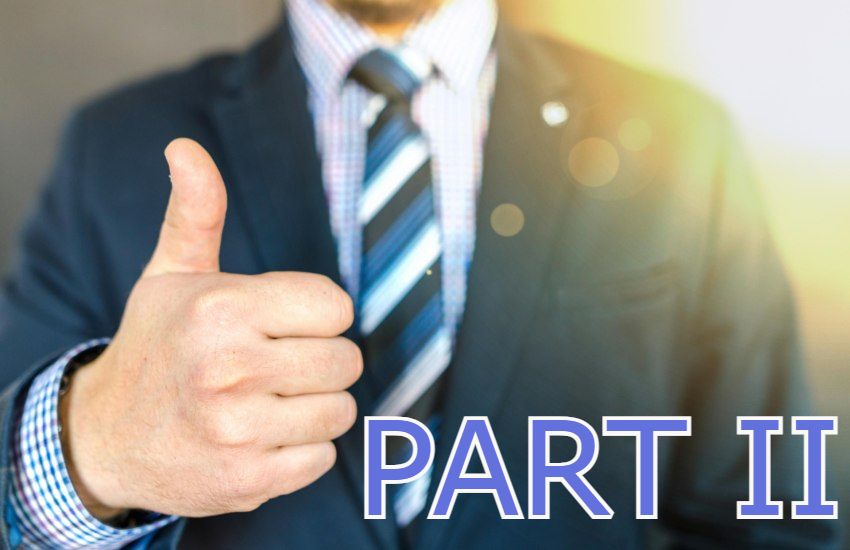Share

While a 1L, Susan Friedman learned of a critical National Academy of Sciences report on the strengths and weaknesses of forensic science in the courtroom. Susan, who came to law school with two science degrees (a Bachelor’s in Biochemistry and a Master’s in Biomedical Sciences) and a passion for public interest law, was in the market for something that would combine her science background with her interest in service. She wasted no time; at the beginning of her 2L year, she contacted the Mid-Atlantic Innocence Project and ended up interning there throughout the rest of her time at law school. After law school, Susan was awarded an Equal Justice Works Fellowship to continue her work with forensic science reform and wrongful convictions at the Mid-Atlantic Innocence Project.
5:30 a.m. On days that I have to visit a client at the prison I wake up early. While some of the prisons I go to can be within an hour of my office, the one I drive to most often is two and a half hours away.
7:00 a.m. I’m out the door, buy a cup of coffee, and hit the road to make a 10 a.m. meeting with a client. Prisons are very particular about visiting hours, and I want to make sure I have enough time to meet with everyone I set up an appointment to see.
8:00 a.m. On non-visit days, I get to sleep in a little! But I try to leave the house by this time at the latest since the commute to my office takes about an hour.
9:00 a.m. On non-visit days, I arrive at the office and prepare for a case meeting with our legal staff and case investigator. During case meetings, we discuss issues we are dealing with in the cases we’re investigating, and provide updates to each other on our own cases. The Mid-Atlantic Innocence Project serves Maryland, DC and Virginia, and I focus on the Maryland cases; regular communication is essential since we handle so many cases.
10:00 a.m. On visit days, I meet with my client at the prison. I update him on the status of his case: how the investigation is going, the documents we need and witnesses we’re looking for, what I’m working on and what to expect next. Because innocence cases take so many years to sort out, it’s common for lawyers working on these types of cases to develop a close relationship with the client’s family, and often I will communicate with the family before and after the client visit as well.
Because the prison is so far away, I try to schedule meetings with three or four indivduals in the same day, if I have time. Sometimes I need to interview a witness there for another case I’m working on or talk to a defendant whose case the Project is considering accepting. When I interview a witness, I’ll bring legal interns from the Project along with me, not just because it’s a great learning experience for them, but also because it’s a good idea for me to have my own witness to my interview with the case witness.
12:30 p.m. Multitask while eating lunch—check my e-mails, return phone calls. On non-visit days, case meetings usually go until lunchtime. If the investigator is in the office that day, he and I may also meet during this time. He might give me an update on a witness he’s spoken with, and I might request him to see a certain witness or track down some documents for me.
1:00 p.m. On visit days, I always leave by this time because the prison follows its own tight schedule for inmates. If I’m by myself, I’ll grab a quick lunch before beginning the long drive back. If I’m with interns, we’ll go out to lunch together and debrief. I’ll answer any questions they may have, ask what their impressions were and if they have any ideas or strategies for dealing with the case.
2:00 p.m. Spend time writing a petition for a Writ of Actual Innocence for a client or work on my judicial forensic science training manual. I do a lot of writing when I’m in the office. As part of my fellowship, I’m writing a manual that is primarily for judges, but I anticipate it to be useful for all stakeholders on how forensic science and the law interact in the criminal justice system. A big part of my fellowship is litigating cases where there has been a misuse of forensic science. My cases involve non-DNA evidence such as microscopic hair analysis, firearm mark analysis and gunshot residue. While forensic science is a valuable tool, it has gone unchallenged for a long time, and not been held to the same standards as other scientific disciplines. My manual is designed to make science a little less scary for judges and stakeholders and to encourage them to really analyze the science and expert testimony, challenge it if necessary, and hold it to rigorous evidentiary standards.
When I’m not writing, I often hold conference calls with experts and co-counsel in my cases. The Project co-counsels on most cases with law firms in the area, so I often have calls with other attorneys who work on cases with me. After I’m done with phone calls, I take the afternoon to look into any cases that I was assigned during case meeting. Usually, the case has forensic science issues, so I focus on the expert testimony, look at the facts, and try to determine if the forensic science testimony is credible or if the case needs further investigation.
4:00 p.m. On visit days, I get back to the office. I like to record the events of the day while the details are fresh in my mind. Afterwards, I want to see what I’ve missed being out of the office all day, and hope that documents from police departments or crime labs arrived.
7:00 p.m. Head home for the night. Whether I spent most of my time in the office or out, it’s the end to a long, rewarding day! My clients are incredibly strong, inspiring people who motivate me to work hard every day.
Share
Recommended Articles
Want to be found by top employers? Upload Your Resume
Join Gold to Unlock Company Reviews








